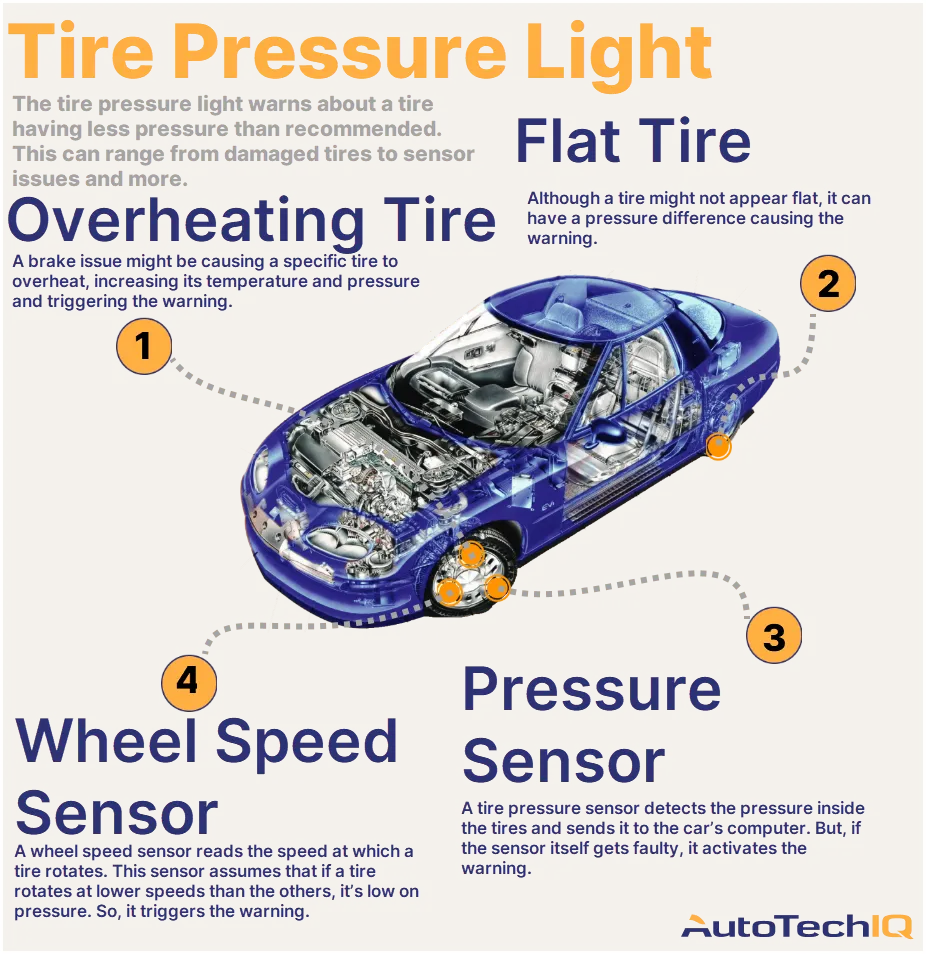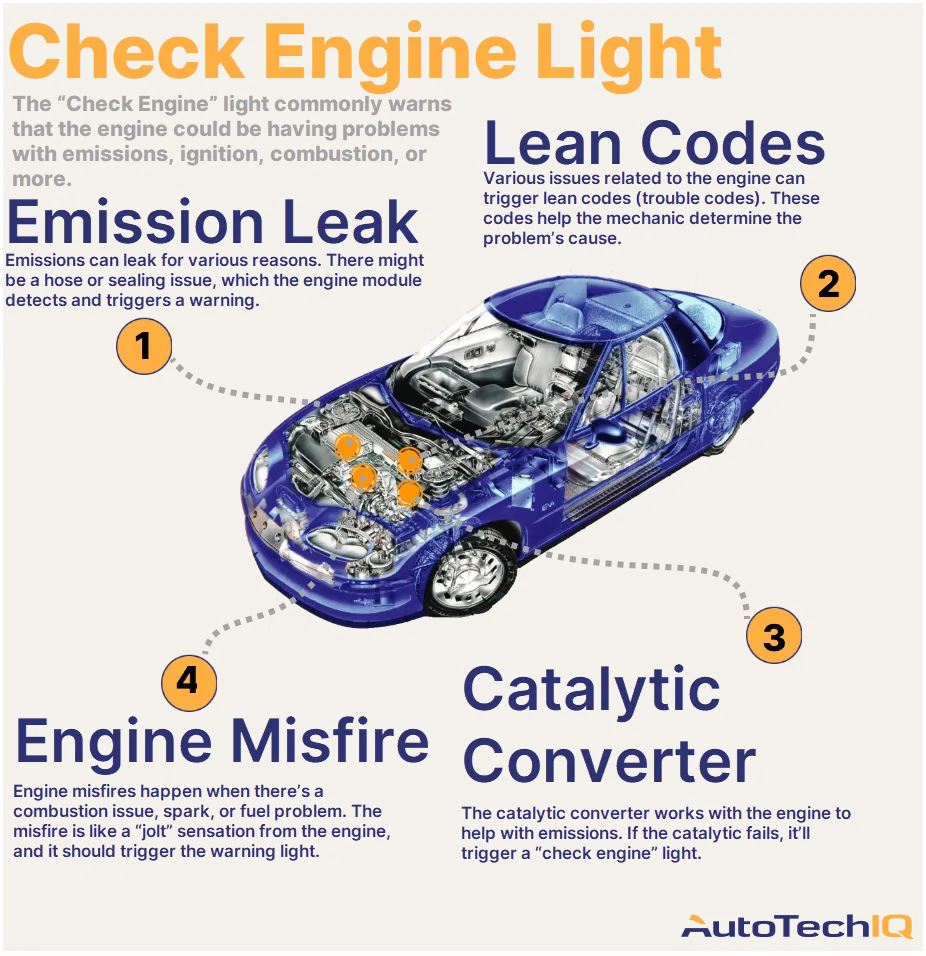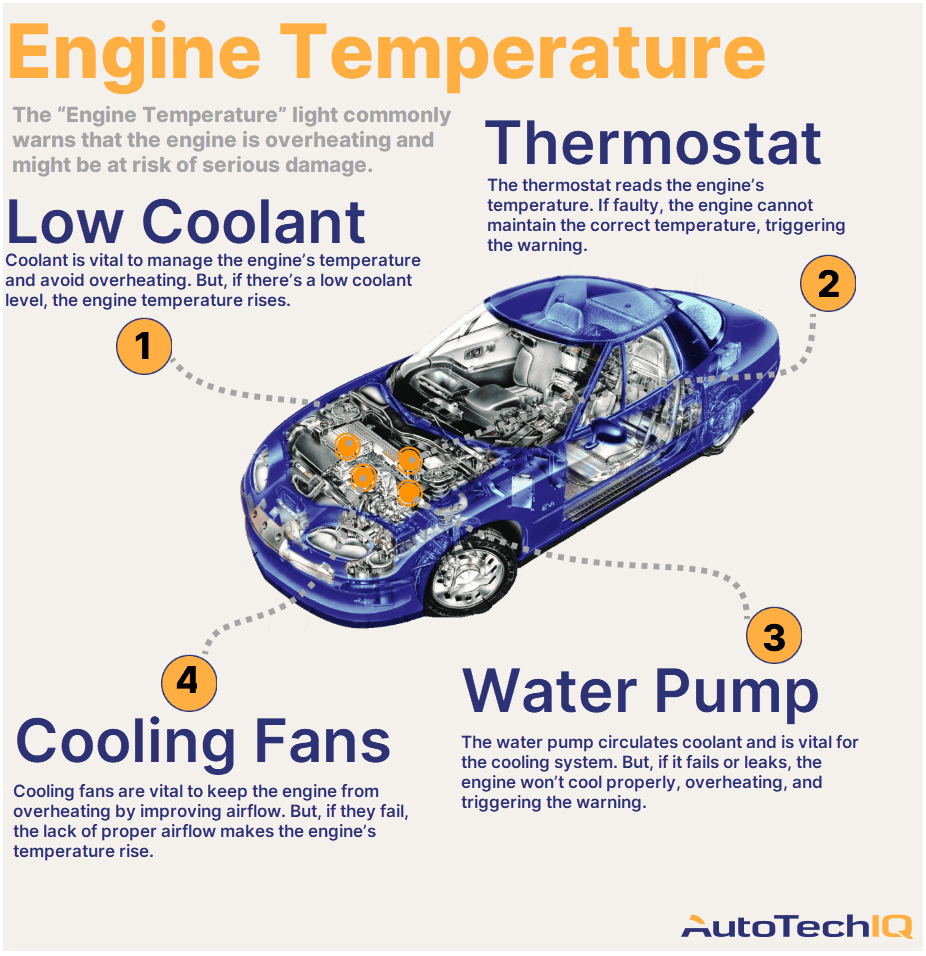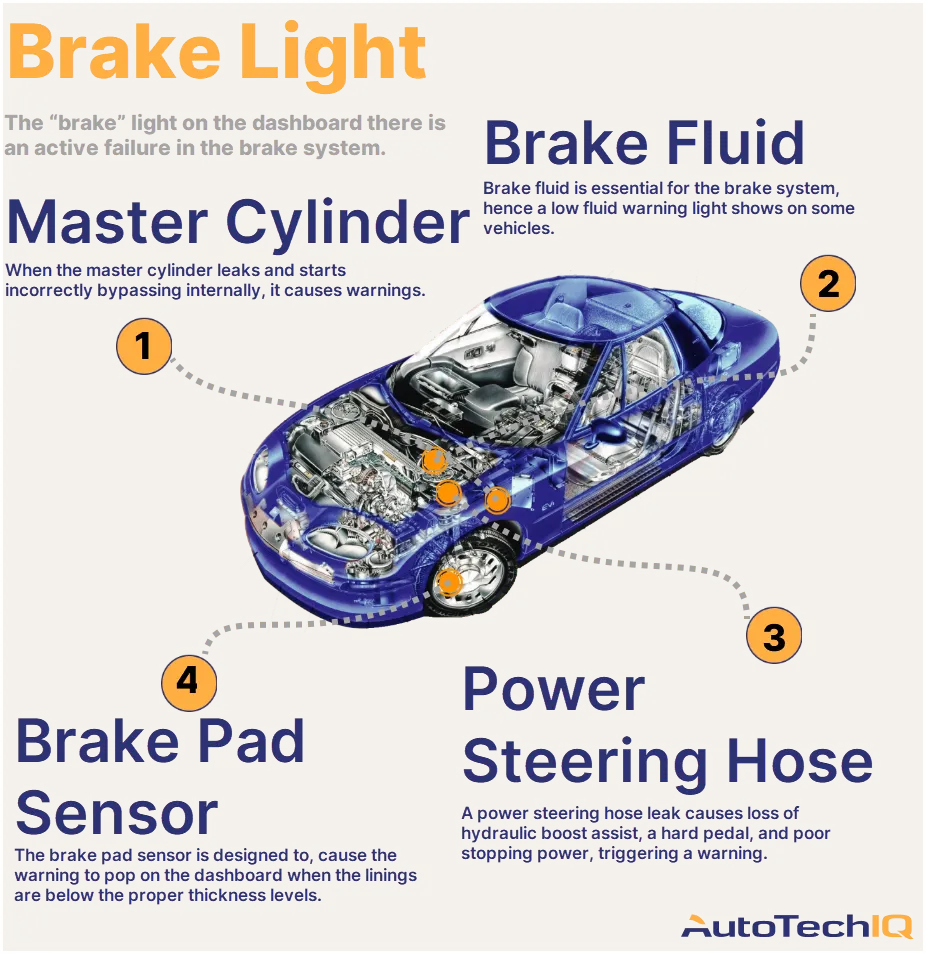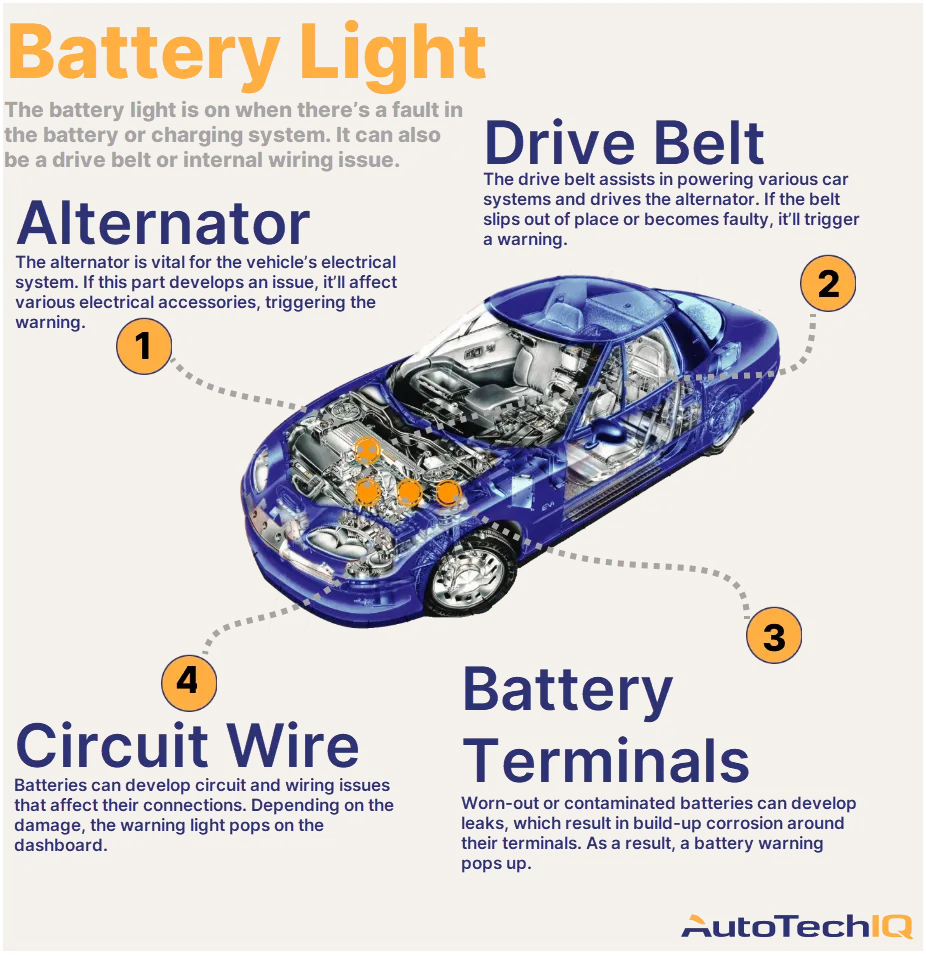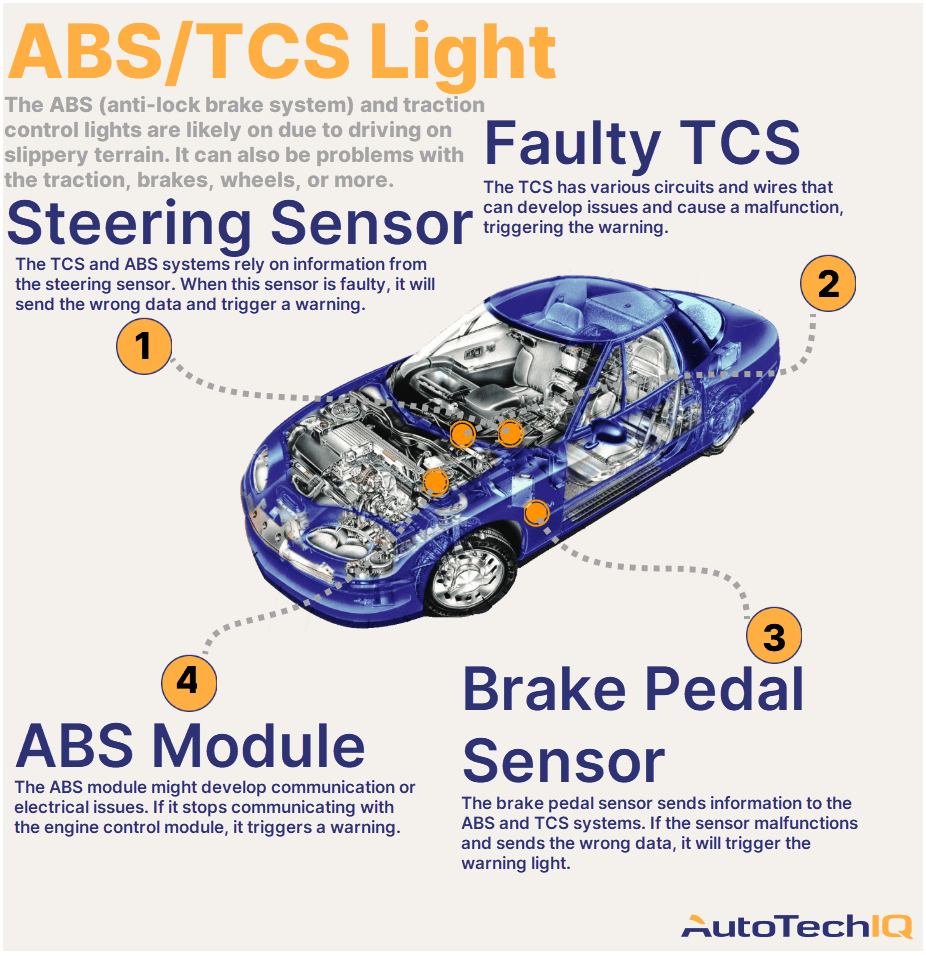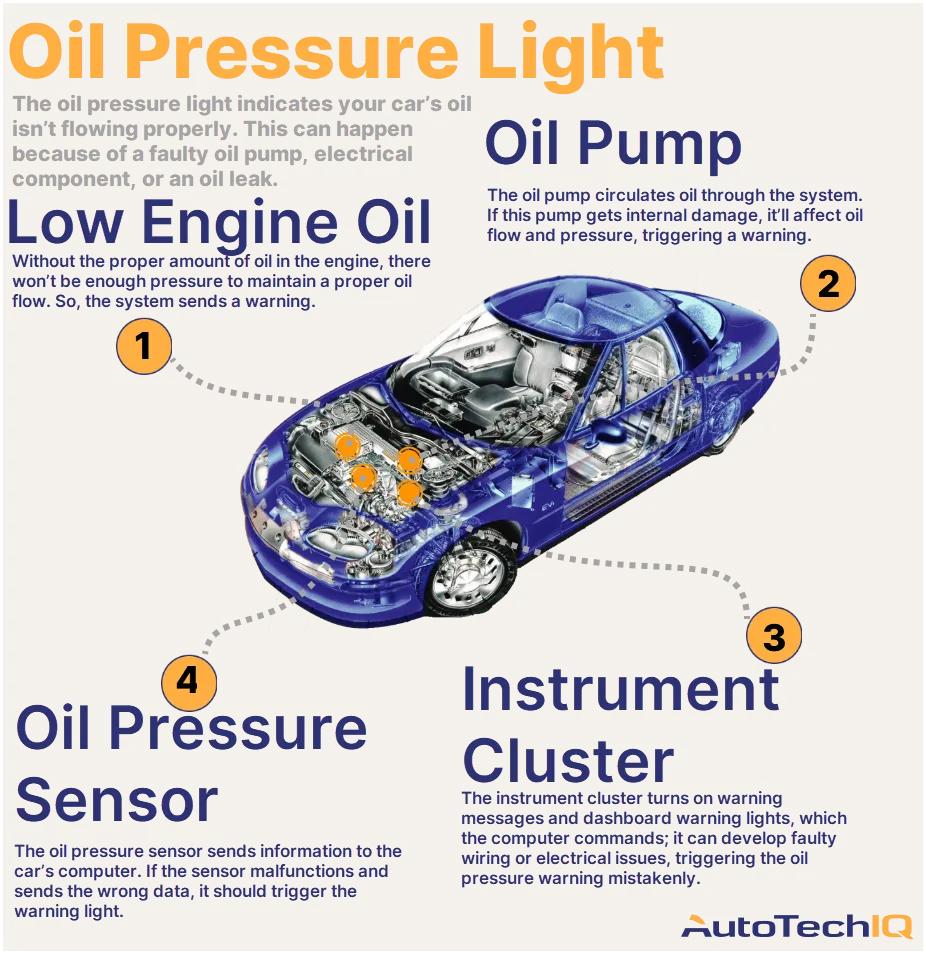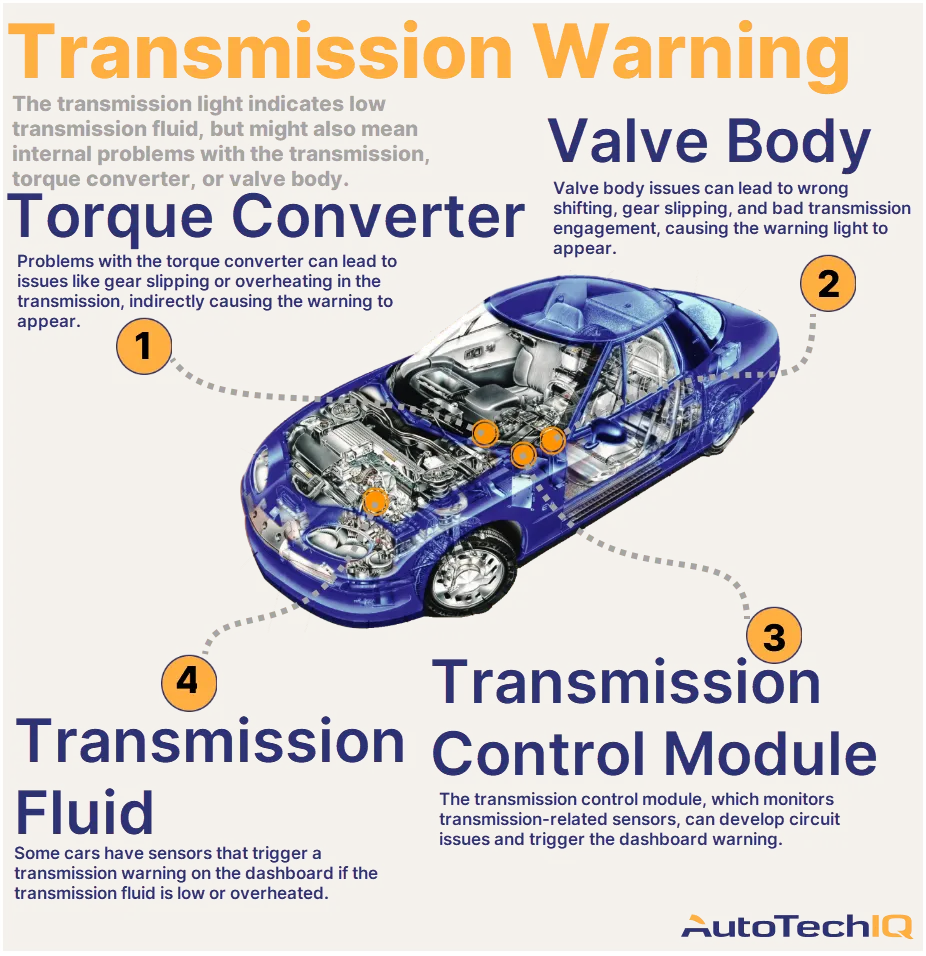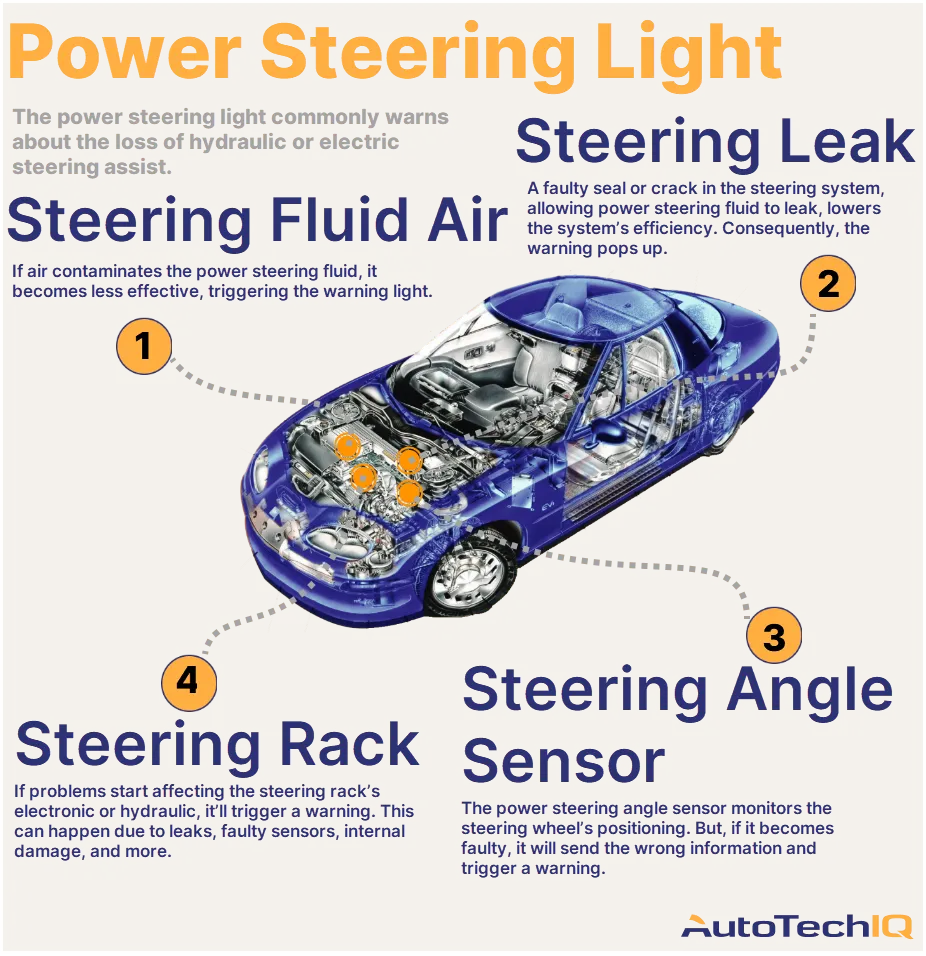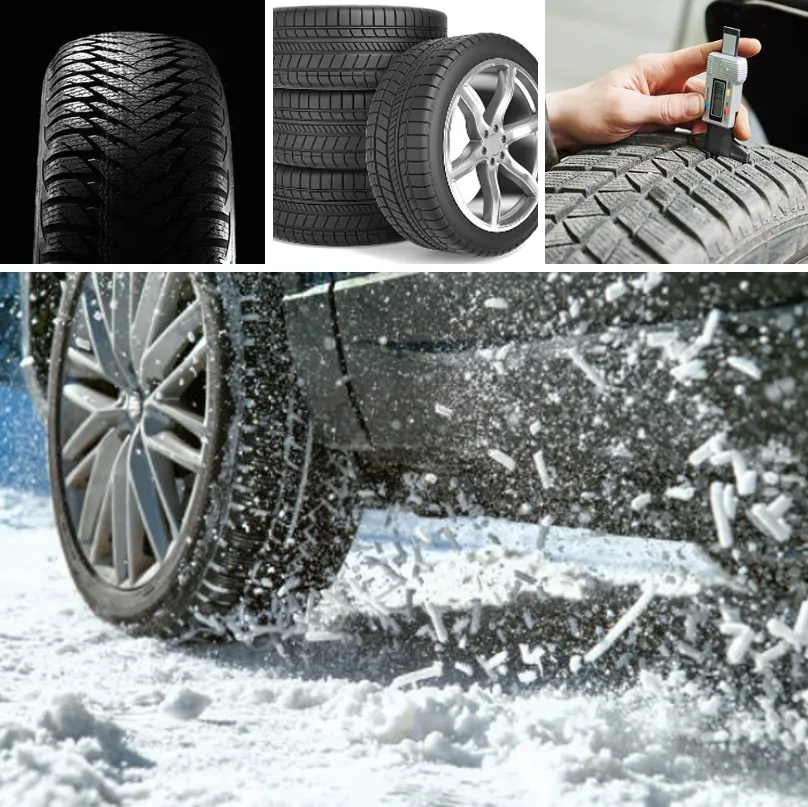
Tires are parts of a car that are part of the wheel and suspension system. They are rubber products with a tread to provide grip with the road. The main functions of tires include ensuring quality grip between the car and the road during movement, turns, and braking.
Tire replacement is carried out in case a defect is detected, such as natural wear, cord rupture after impact (bulge), severe cuts, significant vibration while driving, as well as taking into account the age of the tire. Even if the tread is in good condition, tires have a limited lifespan, usually around 6-10 years, depending on the manufacturer and storage conditions. Using old tires can reduce reliability and worsen safety levels while driving.
Tire repair is performed in case of a puncture or minor cut. We recommend not installing repaired tires on the front axle; it's better to put them on the rear axle to ensure stable handling while driving. However, the choice between replacing and repairing a tire should be made by a tire specialist or professional mechanic.
If you notice that a tire has been punctured while driving, reduce speed and stop at a safe, flat section of the road. If you have a spare wheel and the necessary tools, you can try replacing the wheel yourself. After replacement, don't forget to check the tire pressure. If you're unsure about what to do, call professionals or emergency services.
The optimal option when replacing wheels is to replace all four tires. We recommend avoiding the replacement of just one new tire if the other three are significantly worn. In this case, wheels with different levels of tread wear will be installed on one axle, which can significantly affect the car's handling (skids, unpredictable behavior on the road). In this case, it's advisable to change tires in pairs on one axle and preferably install new tires on the front axle for better handling and braking.
The same applies to situations where tires with different tread patterns or different sizes are installed on one axle, regardless of the installation option—this can negatively impact the car's handling and cause unpredictable behavior on the road. Tire repairs or replacements should be done in certified auto service centers. Special equipment is required for removing and installing tires on rims. Both new and old tires, once mounted on rims, must be balanced. Proper tire balancing helps reduce tire wear, eliminate vibrations, improve driving comfort and safety, and extend the lifespan of the suspension and other car components. Balancing should be performed every time you replace tires and also when vibrations or other unpleasant sensations appear while driving. Regular inspection and care for your tires will help maintain the safety and performance of your car.
The choice of tires depends on several factors:
-
Climate conditions: Depending on the climate in which you will operate the vehicle, there are different types of tires. Summer tires are designed for warm operating conditions and provide good grip on dry and wet roads. However, they are not suitable for snow and ice. Winter tires are designed for use in cold weather. They have high treads and softer rubber, which provides reliable grip on snow and ice. In addition, studded winter tires have the best braking and handling characteristics on ice, but on clean pavement, their stopping distance is longer than that of similar non-studded tires. In warm weather, any winter tires on dry roads significantly lose their characteristics compared to summer tires. It is recommended to avoid using winter tires at temperatures above 50°F (around 10°C). All-season tires are a compromise between summer and winter tires, having average characteristics.
-
Tire Profile: Depending on the ratio of the sidewall height to the width, tires are classified as low-profile and high-profile. The choice between low-profile and high-profile tires depends on the type of car and road conditions. Low-profile tires can provide better handling and improved appearance, but they are less comfortable on rough roads. High-profile tires offer a softer ride and greater comfort, but have some limitations in handling at high speeds. Here, it's important to consider your individual needs and preferences in handling and comfort, driving style, and operating conditions.
-
Type of Tires: Tube and tubeless tires differ in price and properties when punctured. Tube tires are cheaper, but they deflate very quickly when punctured. Tubeless tires lose air slowly when punctured, providing safer driving.
-
Size and Specifications: An important aspect is the choice of size and technical specifications of the tires. This includes parameters such as width, profile height, diameter, and load/speed index. The selection of these parameters depends on the specific model of your car and the manufacturer's recommendations. Sometimes manufacturers offer several tire size options, giving you a choice. Wider tires look more attractive but perform better compared to narrow ones only on dry roads. They also have a longer lifespan; however, on wet roads, they are more susceptible to hydroplaning. Narrow tires work better on gravel roads and in snow.
-
Tread Pattern: There are several types of tread patterns; here, symmetrical tires are distinguished, which have no clearly defined direction of the pattern. They can be mounted in any position (left or right, front or rear wheels), and their tread is the same on both sides. These tires work well in moderate weather conditions. The second type is tires with a directional pattern; these tires have a clearly defined direction, usually indicated by arrows on the sidewall. Such tires perform better in heavy rain or during snowfall and are less prone to hydroplaning. These tires should only be mounted in the indicated direction.
Tires with higher treads and stiffer rubber produce more noise while driving on the road.
Choosing the right tires for your car is crucial for your safety and comfort while driving.


